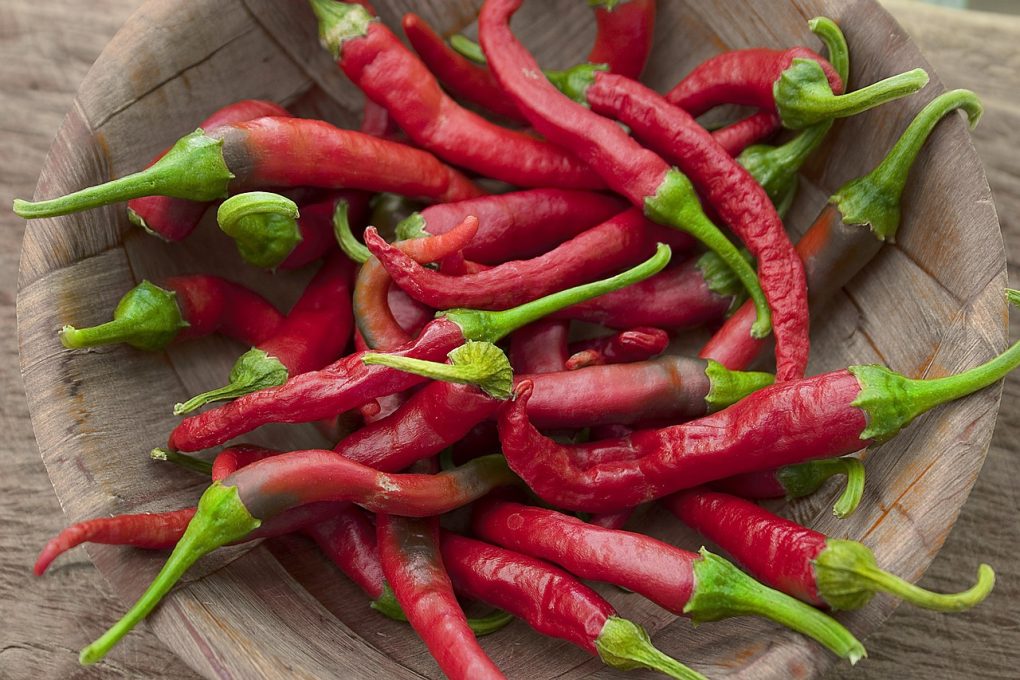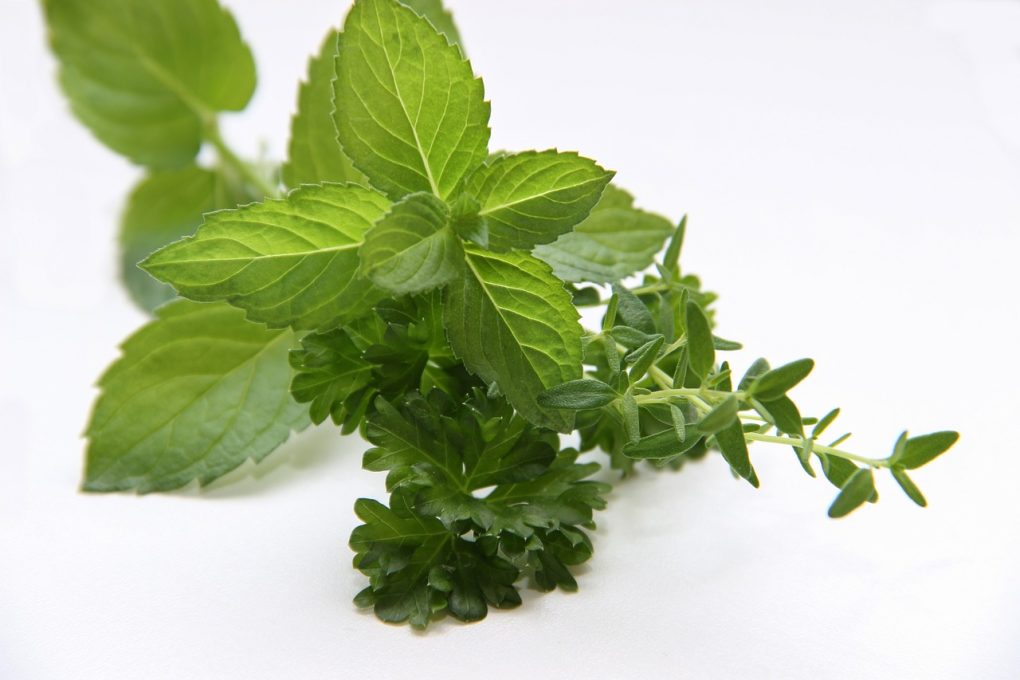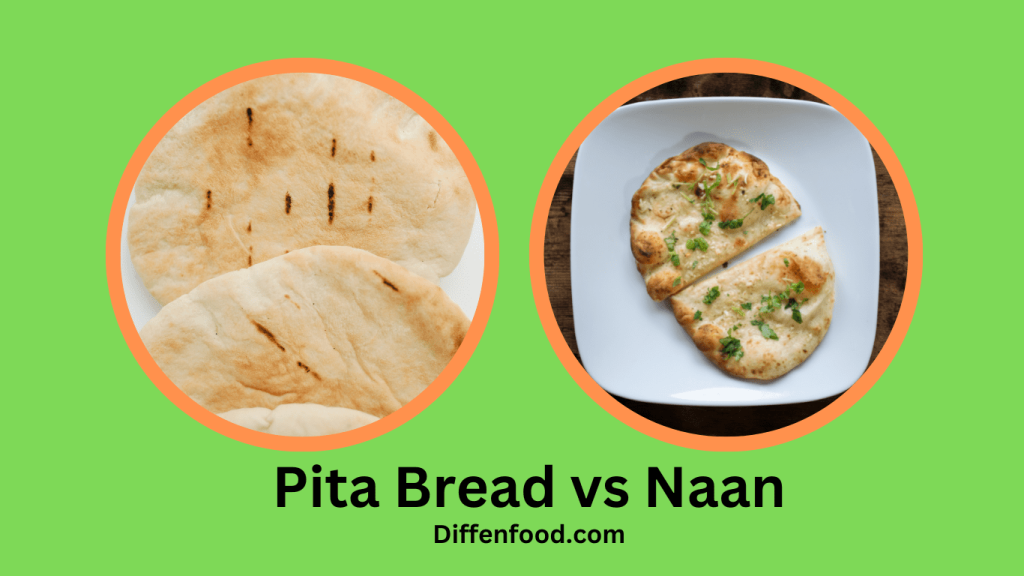
Pho and Ramen are two of the most popular noodle dishes in the world. Both originated in Asia and have gained popularity worldwide due to their delicious taste and unique flavors.
Pho, a Vietnamese noodle soup, is made with beef or chicken broth, rice noodles, and various herbs and spices. Ramen is a Japanese noodle soup that consists of wheat noodles, meat or vegetable broth, and toppings such as pork, seaweed, and egg.
While both dishes share similarities, they have distinct differences in terms of taste, preparation, and ingredients. In this article, we will explore the main differences between Pho and Ramen and help you decide which dish to try next time you’re in the mood for some delicious Asian cuisine.
Origins and history: pho vs ramen

Origins and history of Pho
Pho originated in northern Vietnam in the early 20th century during French colonial rule. people make the dish using a beef or chicken broth, rice noodles, herbs, and meat, and it is famous for its bold flavors and comforting qualities. Pho quickly became a staple food in Vietnam and has since gained international recognition as one of the country’s most iconic dishes.
Origins and history of Ramen
Ramen has its roots in Japan, where it first appeared in the late 19th century. Chinese cuisine heavily influenced this dish, which originally consisted of a simple soup made with wheat noodles, soy sauce, and pork broth. Over time, ramen evolved into a complex and diverse dish that varies greatly from region to region in Japan. Today, ramen is enjoyed by people all over the world and has become a symbol of Japanese cuisine.
Despite their differences in origin and history, both pho and ramen share a common thread in their development. Both dishes were created out of necessity, as a way for people to make the most out of limited resources and ingredients. Additionally, both pho and ramen have been influenced by outside cultures, with pho being heavily influenced by French colonialism and ramen drawing from Chinese culinary traditions. Ultimately, these dishes have become beloved staples in their respective countries and around the world, serving as a testament to the power of food to bring people together.
Regional variations: pho vs ramen

Geography and culture have played a significant role in shaping the differences between pho and ramen.
Regional variations of Pho
Pho is a Vietnamese dish that typically consists of rice noodles, beef broth, meat or chicken, herbs, and spices. However, there are many regional variations of pho that feature different meats, spices, and noodle types. For example, Pho Bo Kho is a spicy beef stew version of pho that originated in Hue, Vietnam. Meanwhile, Pho Ga is a chicken broth version that is popular in the southern regions of Vietnam. These regional variations of pho highlight the diverse culinary traditions within Vietnam.
Regional variations of ramen
Ramen has many regional variations in Japan. Originating from Chinese-style wheat noodles, ramen has evolved to include a variety of broths such as miso, shio, and tonkotsu. Miso ramen, originating from Hokkaido, has a rich and savory broth made with fermented bean paste. Shio ramen, originating from Hakodate, has a lighter and saltier broth. Tonkotsu ramen, which originated in Kyushu, has a creamy and pork-based broth. Each region of Japan has its own unique take on ramen, highlighting the diversity of Japanese cuisine.
Noodles: pho Vs ramen?
Ramen noodles are usually thin, long, and slightly curly. They are produced by combining wheat flour, salt, water, and occasionally eggs. To create the noodles, the dough undergoes kneading until it achieves a smooth and elastic texture. It is then rolled out and sliced into thin strips. Ramen noodles are typically served in a rich broth made from pork or chicken bones, soy sauce, and various spices. The noodles absorb the flavors of the broth, and the texture adds another layer of complexity to the dish.
Pho Noodles, on the other hand, are made from glutinous rice flour, which gives them a distinct soft and silky texture. They are also much thicker than ramen noodles and have a flat shape. Pho Noodles are usually served in a clear beef broth with various herbs and vegetables, such as bean sprouts, basil, and lime wedges. The broth is simmered for hours with beef bones, onions, ginger, and other seasonings, creating a deep and complex flavor that complements the soft and chewy texture of the noodles.
Toppings: pho vs ramen?

Some of the most typical toppings for pho include bean sprouts, lime wedges, cilantro, and Thai basil. The soup is usually served with thinly sliced beef or chicken and rice noodles. Other popular toppings include sliced jalapeños, hoisin sauce, and sriracha. Scallions, onions, and fried shallots are also commonly added to pho. The combination of these toppings makes for a delicious and hearty meal that is perfect for any time of the day.
Ramen is usually served with broth, thin wheat noodles, and a variety of toppings. Some of the most typical toppings for ramen include boiled eggs, seaweed, and sliced pork. Bean sprouts, bamboo shoots, and scallions are also common toppings. Some variations of ramen come with miso paste, which gives the broth a unique flavor. Other popular toppings for ramen include corn, butter, and garlic. Ramen is a versatile dish that can be customized to suit different tastes and preferences.
The toppings for pho and ramen vary based on regional differences. For example, in northern Vietnam, pho is typically served with more herbs and less meat. In southern Vietnam, pho is spicier and sweeter, and it is served with more noodles and less broth. In Japan, the toppings for ramen vary from region to region. In Hokkaido, ramen is usually served with butter and sweetcorn, while in Tokyo, ramen is served with pork and seaweed. These regional differences add to the diversity of these dishes and make them even more fascinating.
How do the flavors of pho and ramen compare?
Pho has a lighter and fresher taste compared to ramen. The broth is not as thick, and the noodles are often thinner. The dish is usually served with fresh herbs, bean sprouts, and lime wedges, which add a zesty tang to the soup.
Ramen is known for its rich and complex flavors. It is made from wheat flour, and the broth is often made with pork or chicken bones, soy sauce, miso paste, and other seasonings. Ramen has a thicker and heavier broth compared to pho, which makes it more filling. Additionally, ramen noodles are often thicker and chewier than pho noodles. Ramen is usually served with toppings such as sliced pork, bamboo shoots, seaweed, and a soft-boiled egg.
Pho has fewer ingredients, which results in a lighter and fresher taste, while ramen is packed with flavor and has a thicker and heavier broth. Ultimately, the choice between the two comes down to personal preference.
Drinks pair well with pho or ramen

A diverse selection of drinks can complement the robust and delicious flavors of pho or ramen, as both dishes are hearty and full of flavor.
Soda or Soft Drinks
A carbonated soda or soft drink can offer a refreshing contrast to the warmth and richness of pho or ramen. Some popular options include ginger ale, lemon-lime soda, or iced tea.
Beer
A cold beer, such as a pilsner, lager, or wheat beer, can complement the rich flavors of pho or ramen. Some people even enjoy adding a splash of beer to their pho broth.
Tea
Green tea or oolong tea can help cleanse the palate between bites of pho or ramen. Tea can also help soothe the stomach if you overindulge in spicy or salty broth.
Sake
For a more traditional Japanese pairing, consider a cup of hot or cold sake. Sake can help cut through the richness of ramen broth and enhance its umami flavor.
Wine
A dry or semi-dry white wine, such as Riesling or Sauvignon Blanc, can pair well with pho or ramen. The acidity of the wine can help balance the flavors of the dish.
Some common misconceptions about pho and ramen
misconceptions 1
Pho and ramen are unhealthy ×
While some versions of these dishes may be high in sodium or calories, it is possible to make healthier versions of pho and ramen at home by using lean proteins, lots of vegetables, and reducing the amount of added sodium.
misconceptions 2
Pho and ramen are only eaten for breakfast ×
While pho is traditionally eaten for breakfast in Vietnam, it is also commonly enjoyed throughout the day as a hearty meal. Ramen, on the other hand, is typically eaten for lunch or dinner in Japan.
misconceptions 3
Pho and ramen are always made with meat ×
While meat is a common ingredient in both pho and ramen, vegetarian and vegan versions of these dishes can be made using tofu, mushrooms, or other plant-based proteins.
misconceptions 4
Pho and ramen are only popular in Asia ×
Pho and ramen have become increasingly popular worldwide, with many restaurants specializing in these dishes opening up in major cities around the world.
misconceptions 5
Pho and ramen are interchangeable ×
Despite some similarities, pho and ramen are two distinct dishes with different flavor profiles and ingredients. It is not appropriate to use them interchangeably or refer to one as the other.





